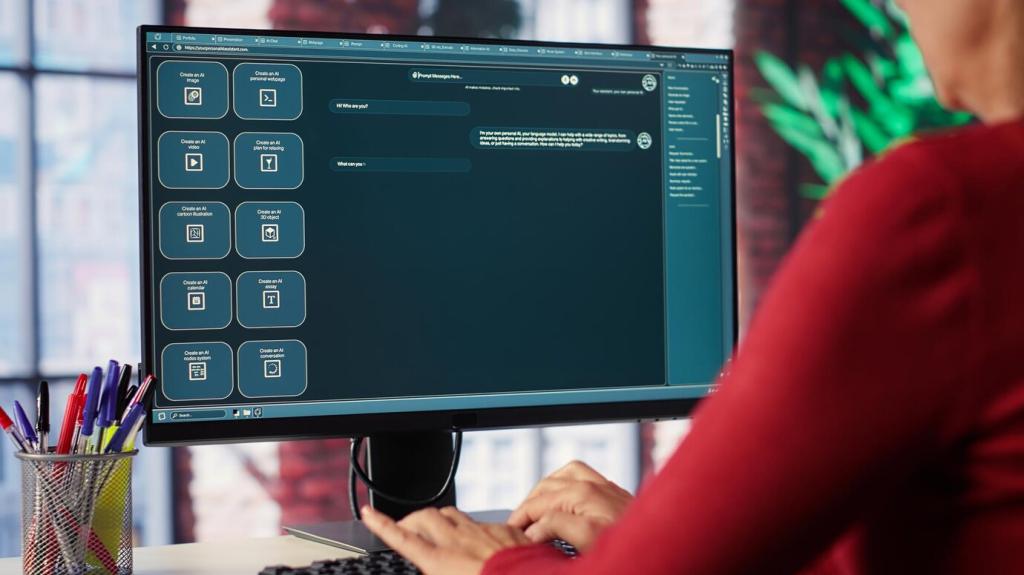Usability and Employee Experience That HR Actually Loves
Great platforms give employees a mobile app for payslips, tax projections, rent receipt uploads, and investment proofs with instant validations. HR dashboards prioritize exceptions so teams review outliers, not every single record, cutting resolution time before salary credit.
Usability and Employee Experience That HR Actually Loves
Evaluate automated cut‑offs, reminders, and pre‑run validations that flag missing attendance, PAN mismatches, or PT state errors. One HR lead in Bengaluru eliminated last‑minute chaos after adopting automated checklists that nudged managers to approve anomalies three days earlier.










